I honestly can’t believe I leave for Alaska in a week – there’s so much left to do! I’ll post a couple more times before I head out (what do you want to know about? Is my gear interesting?), but for this post, I figured I’d give a primer on permafrost.
When I started work on our exhibit I had heard the word and I had a vague sense that “permafrost” had to do with something frozen, but I couldn’t define it. It seems like it has been in the news more and more since then, but maybe that’s just because I’m trained to click on headlines about it… so, let’s start from the beginning. It’s actually really cool.
;D
To a scientist, permafrost is defined as ground (rock and/or soil) that has remained below freezing for two or more years. I find that definition a bit misleading, since new permafrost isn’t forming, and most of it has been below freezing for more than ten thousand years. A more useful description, I think, is an analogy that one of the researchers I’m working with, Dr. Santosh Panda, once emailed me: "a skeleton is to a human body what permafrost is to Arctic land." PermafrostPermanently frozen ground. is largely invisible, even to the people who live on it, but it is the foundation holding up most of Alaska. For those of you outside the Arctic, imagine spending your days on top of a massive, dirty ice cube. This would have profound implications for how you structured your life, and it would make you quite concerned about global warming.
To give you some visuals on what it looks like under frozen ground, I'm going to describe one of my favorite experiences to come out of my work with permafrost, which has been my visits to the PermafrostPermanently frozen ground. Research Tunnel, a big hole drilled into the side of a hill outside Fairbanks, Alaska. The Army Corps of Engineers dug it in the 1960s, originally because the US was worried about the Cold War erupting into an Alaskan ground war, but had absolutely no clue how to build the roads or tunnels that it would require. We would clear some brush, lay down a gorgeous stretch of highway, and two years later, come back to find a sinkhole under the warm pavement. So we sent some nerds out with Alkirk continuous-cycle miner machines to see what wisdom they could unearth.
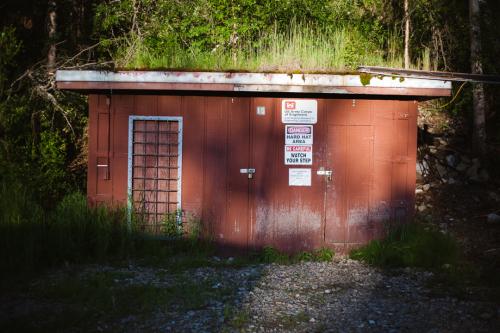
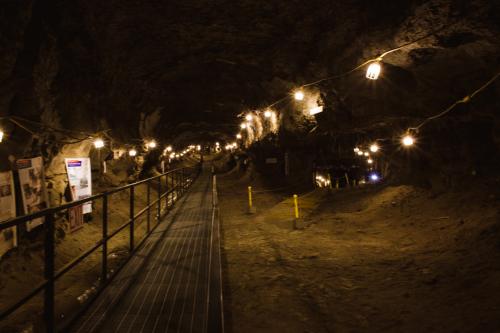
They unearthed a lot more than expected. PermafrostPermanently frozen ground. is hard to get to because it’s underground, but it turns out that when you dig into it, what you find is magical. One of my first impressions of the tunnel was surprise at just how pretty parts of it are. You do have your ice-rich silt, which has small enough ice crystals to look mostly like dirt, but cutting through it, you find massive ice features that light up under a flashlight. There are ancient lakes, which froze into long strips of milky ice. There are Ice Age sinkholes, which formed during warm summers and then re-froze into the geometric pattern you find in stale ice cream. The most dramatic ice features are “ice wedges,” ubiquitous across Arctic landscapes and named for their characteristic shape. Back during Ice Age winters, the ground would get so cold it cracked open. The next spring, frigid water would flow into the crack and freeze. Year after year, for thousands of years, this process repeated, creating a region peppered with subterranean ice wedges as big as semi-trucks.
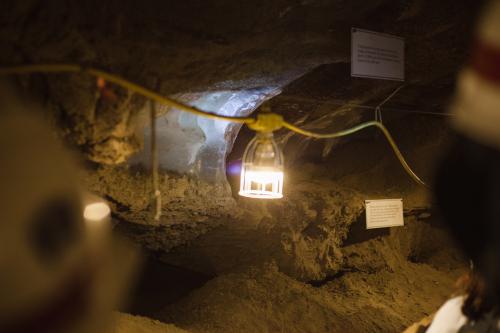
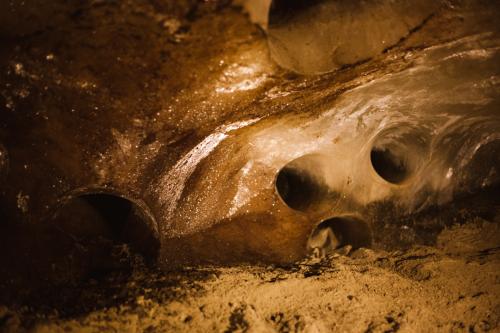
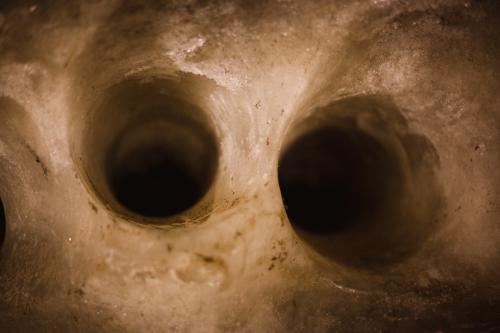
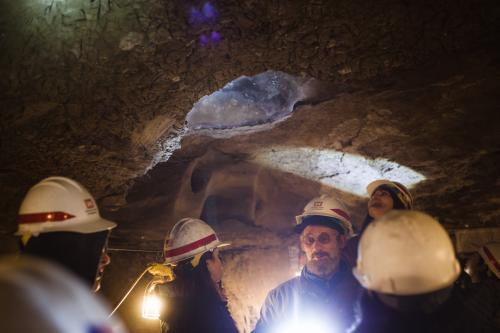
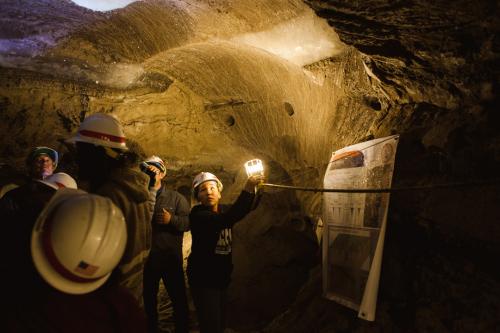
It’s worth noting that today it’s too warm to form new ice wedges. They may have grown over thousands of years, but they can melt in a single summer, and once they’re gone, that’s it. If you build your house foundation on an ice wedge and then decide to heat it during the Alaskan winter, you are in for a huge bummer. Tune in next time for pictures.
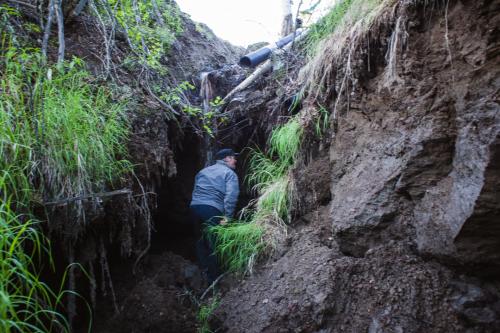
Getting back to the tunnel, my favorite spot looks like nothing until you realize what it is. Most permafrost formed during the last Ice Age, which means the stuff you find in permafrost has been suspended in deep freeze for at least 10,000 years. You can imagine how useful that is to paleontologists: botanists have re-created a picture of ancient plant life from pollen in the tunnel, and we know mammoths were around because their tusks keep falling out of the walls. PermafrostPermanently frozen ground. is quite literally a time capsule. In my favorite out-of-the-way corner, green 14,000-year-old grass hangs from the ceiling. When you chew on it, it still tastes like grass.
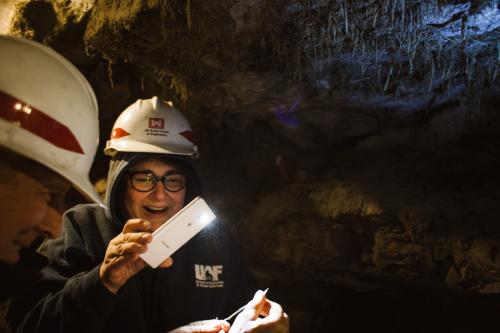
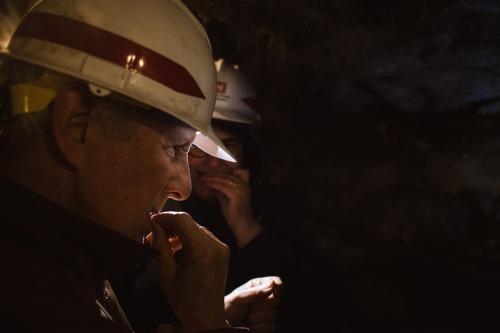
Next time: Why does all of this matter?? See you then!


Comments